Romantic Scottish estates for sale
There are some wonderful castles and estates on the market this year in Scotland
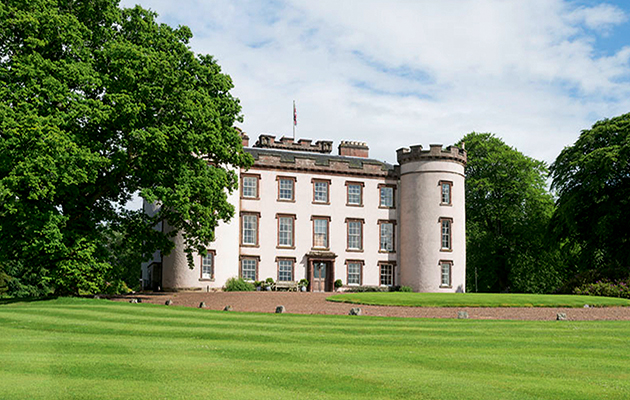

Scotland may have experienced a referendum on independence, the Scottish Government may have put land reform at the heart of its legislative agenda and the European Parliament may have left some questions unanswered in relation to Common Agricultural Policy reform, yet Scottish farming and sporting estates continued to tempt buyers from all over the globe in 2015.
Based on figures available to the end of September, Savills estimate that some 23 sporting and farming estates totalling 146,000 acres of land, with a cumulative asking price of £69 million, were either sold or under offer by year end, more than double the number sold in 2014, when uncertainty on the political and legislative fronts slowed the market to a virtual crawl.
Encouragingly, the backlog of estates left unsold at the end of that year— almost a third of those on offer in 2015 —has now been more or less cleared, with quality and diversity of sport, conservation and exceptional value for money the main attractions for overseas buyers—notably from the Middle East, the USA, Belgium, Sweden and The Netherlands.
Unlike their British counterparts, such buyers are apparently well used to buying in countries where land ownership is far more heavily regulated than it is ever likely to be in Scotland and see the long term advantages of buying there as far outweighing any current or future political threat.
‘Interestingly,’ says Evelyn Channing of the Edinburgh office of Savills, ‘only 15% of sales concluded in 2015 appear to have taken place privately, compared with a norm of 25%, reflecting caution on the part of purchasers, who seem to take comfort from being in competition with other buyers on the open market’.
Also interesting, too, is the extent to which leading players in the Scottish sporting- estates sector are reluctant to discuss successful sales in any great detail—no doubt a reflection of a residual apprehension regarding the outcome of Scotland’s equivalent of the Domesday survey.
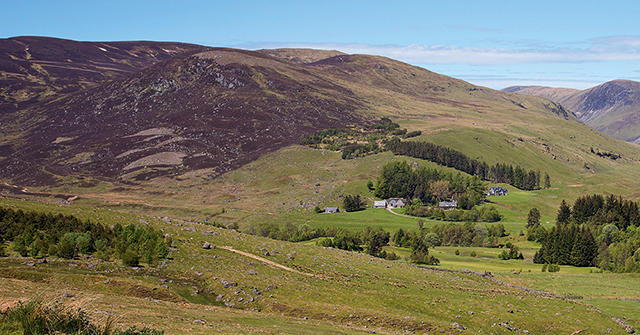
Back in the real world, life goes on and Savills were happy to highlight the sale, in December, of the 6,500- acre Dalmunzie estate at Blairgowrie, Perthshire, for which offers over £4m were invited. Substantial assets included a four-bedroom Dower House, six holiday cottages, a keeper’s cottage and an estate steading.
Sign up for the Country Life Newsletter
Exquisite houses, the beauty of Nature, and how to get the most from your life, straight to your inbox.
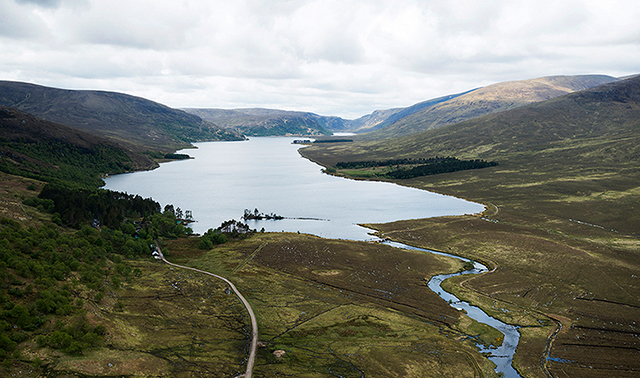
The same month saw the sale, through Savills and CKD Galbraith, of the spectacular, 32,021-acre Loch Choire estate at Kinbrace, Sutherland, offering grouse and woodcock shooting, two separate stalking beats, double-bank salmon fishing on the River Mallart and a lodge site plus three estate houses. An asking price of ‘offers over £4.25m’ was quoted for the estate, ‘which attracted interest from far and wide, due to its beauty and scale,’ Savills say.
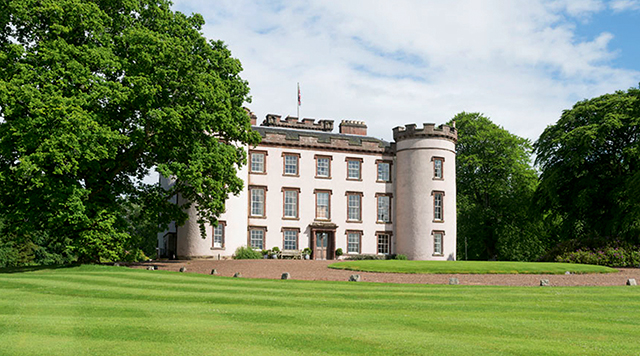
Currently for sale, at ‘offers over £4.5m’ through Savills in Edinburgh (0131–247 3727) and London-based CKD Kennedy Macpherson (020– 7409 1944), is Hatton Castle at Turriff, Aberdeenshire, a gem of a compact private estate, centred around a historic castle, a renowned walled garden, 850 acres of in-hand arable farming and woodland, 12 further estate houses and a low ground shoot.
Launched on the market in late August, the focal point of the estate is the imposing Hatton Castle itself, a five-storey castellated mansion with a battlemented parapet and four slightly raised round-angle towers. It has been in the Duff family since 1709, when the first Alexander Duff of Hatton bought the dilapidated Place of Balquholly, seat of the Mowat family since the early 1300s. The second Alexander Duff altered the original building in 1745 and it was further remodelled in 1815 by the 8th Laird of Hatton, Garden Duff. The present castle is an elegant family home, with six reception rooms, nine bedrooms and nine bathrooms.
There are 12 estate cottages, two housing staff and the rest mainly let, providing a useful income. One of Hatton’s chief glories is the two-acre walled garden lovingly tended by successive generations of estate gardeners, whose original design appears on a plan of Hatton Castle and its policies dated 1745.
Farming is managed on a contract basis and the 2015 cropping included spring barley, spring oats and potatoes. The woodland is managed with commercial and amenity considerations in mind and is divided between mixed broadleaves around the castle and neighbouring fields and two large blocks of commercial conifers.
For 30 years, the shooting on the estate was run on a commercial basis, with 7,000 pheasants and partridge providing 20 let days. More recently, it has been let to a Dutch syndicate.
When it comes to reeling off statistics relating to Scottish estates in 2015, not all the agents appear to be singing from the same hymn sheet. Savills, who evidently include both farming and sporting estates in their calculations, estimate the split of buyers for the whole of 2015 at 50% overseas and 50% British. On the other hand, Robert McCulloch of Strutt & Parker, who reports the sale of a further eight sporting estates in the last four months of 2015, in addition to the eight recorded earlier in the year, maintains that the split was more like 75% overseas buyers to 25% British. Estates sold by Strutt & Parker to overseas purchasers in 2015 included the 6,846-acre Balavil estate in Inverness-shire, and the 748-acre Kilchoan estate in Argyll. ‘Normally, only one in four buyers of Scottish estates comes from overseas, but that trend was turned on its head in 2015, suggesting that such buyers are less concerned about the implications of land reform and Scottish politics than their UK equivalents,’ Mr McCulloch says, adding: ‘What buyers from Scandinavia and Western Europe appreciate about Scotland is the opportunity to buy large acreages of land in beautiful, peaceful surroundings, close to London and other European capitals.’
For Ran Morgan of Knight Frank, Scotland has always been a global destination for buyers of sporting estates and, although he welcomes the steady influx of buyers from Europe and further afield in recent months, he was more encouraged by the revived interest shown by domestic buyers in the once-ina- generation sale of the 6,235-acre Kinnaird estate near Dunkeld, Perthshire.
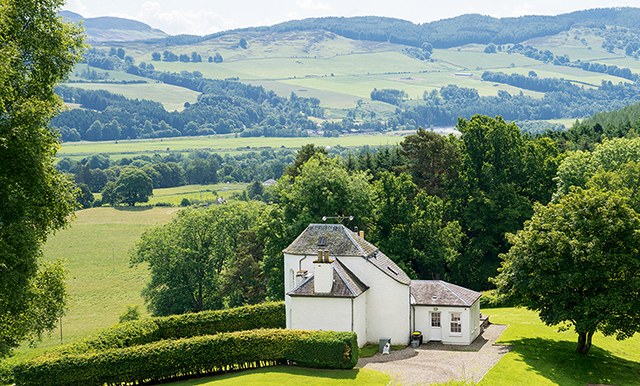
Launched on the market in September 2015, at ‘offers over £9.6m’ through joint agents Bidwells (01738 630666) and Knight Frank (0131– 222 9600), the celebrated sporting estate offered fishing, grouse shooting and stalking rights of the highest calibre and went under offer in December, making it the highest priced Scottish property sold on the open market last year.
-
 Vertigo at Victoria Falls, a sunset surrounded by lions and swimming in the Nile: A journey from Cape Town to Cairo
Vertigo at Victoria Falls, a sunset surrounded by lions and swimming in the Nile: A journey from Cape Town to CairoWhy do we travel and who inspires us to do so? Chris Wallace went in search of answers on his own epic journey the length of Africa.
By Christopher Wallace Published
-
 A gorgeous Scottish cottage with contemporary interiors on the bonny banks of the River Tay
A gorgeous Scottish cottage with contemporary interiors on the bonny banks of the River TayCarnliath on the edge of Strathtay is a delightful family home set in sensational scenery.
By James Fisher Published
